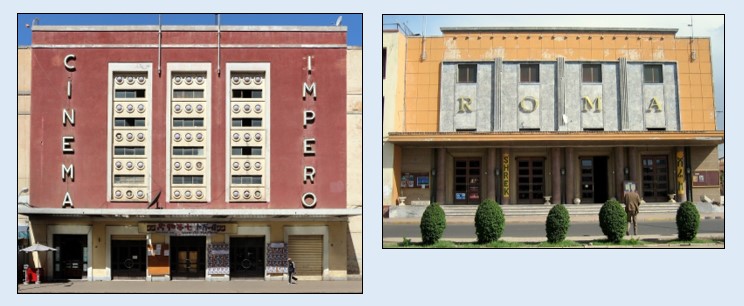Eritrea officially the State of Eritrea, is an African country on the Red Sea coast in the Horn of Africa region of Eastern Africa, with its capital and largest city Asmara landscapes from its 630-mile Red Sea coastline to its high craggy mountains to the desolate Danakil Depression. The capital of Asmara, at 7,600 feet above sea level, is located on a high plateau in the centre of the country. The descent from Asmara to the port of Massawa is one of the most spectacular drives in the world, taking nearly three hours over hairpin curves to cover the 65 miles to the coast. the coast are some 350 islands. Eritrea was called Mdree-Bahree (which means Land of the Sea) by the local people. The term “Eritrea” derives from the Greek term Sinus Erythraeus, which can be translated in English as Red Sea. Eritrea shares borders with Ethiopia, Sudan and Djibouti. The current population of Eritrea is 6,274,796 (2023 est.). Eritrea population is equivalent to 0.05 percent of the total world population. Eritrea ranks number 111 in the list of countries by population. The land has a total area of 117,600 km² and a total coastline of 2,234 km. Eritrea is thus the 22nd smallest country in Africa and ranked 101st in the world.
After independence from Italian colonial control in 1941 and 10 years of British administrative control, the UN established Eritrea as an autonomous region within the Ethiopian federation in 1952. Ethiopia’s full annexation of Eritrea as a province 10 years later sparked a violent 30-year conflict for independence that ended in 1991 with Eritrean fighters defeating government forces. Eritreans overwhelmingly approved independence in a 1993 referendum.
The country’s lowest point is minus 75 meters, near Dalul in the Danakil Depression; its highest is Mount Soira at 3,018 meters. Only about 12% of the land is arable.







































